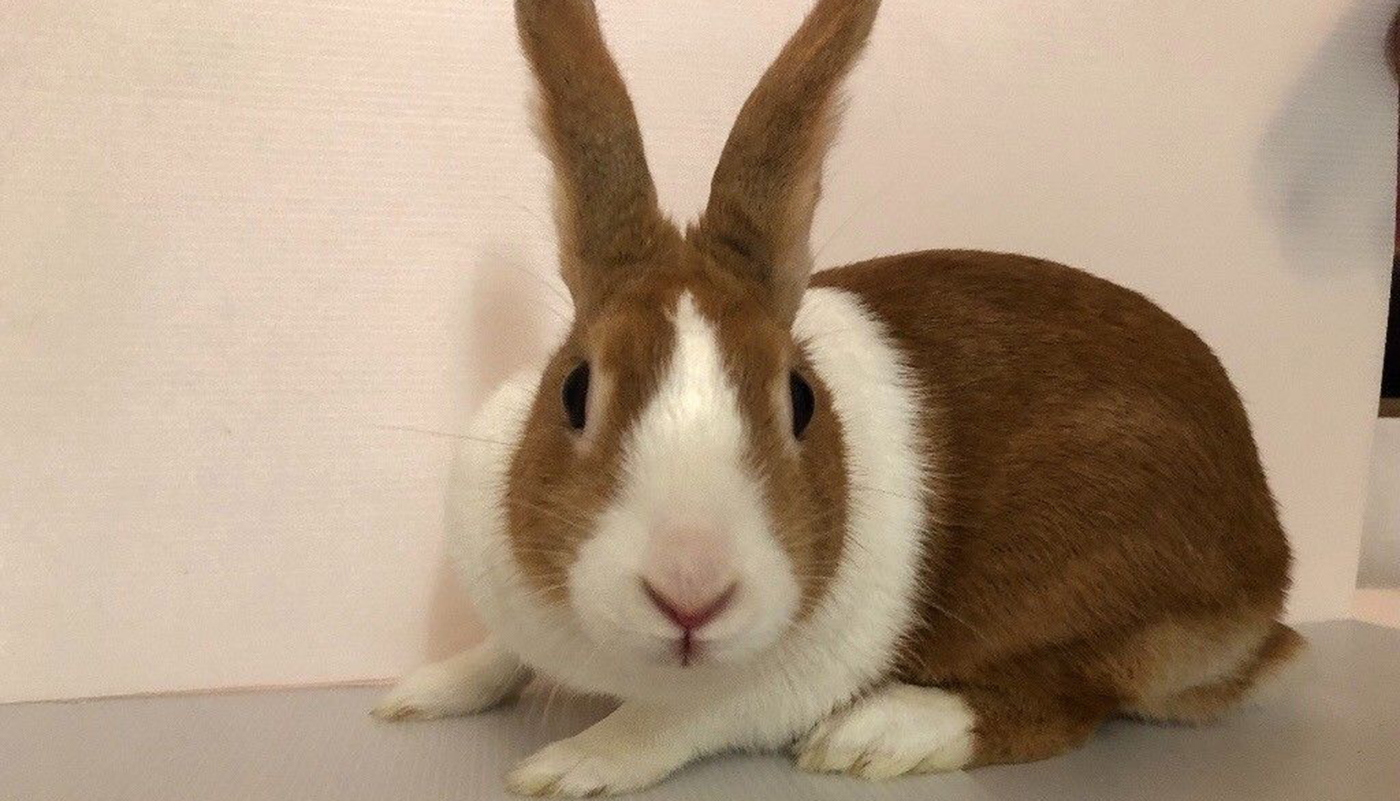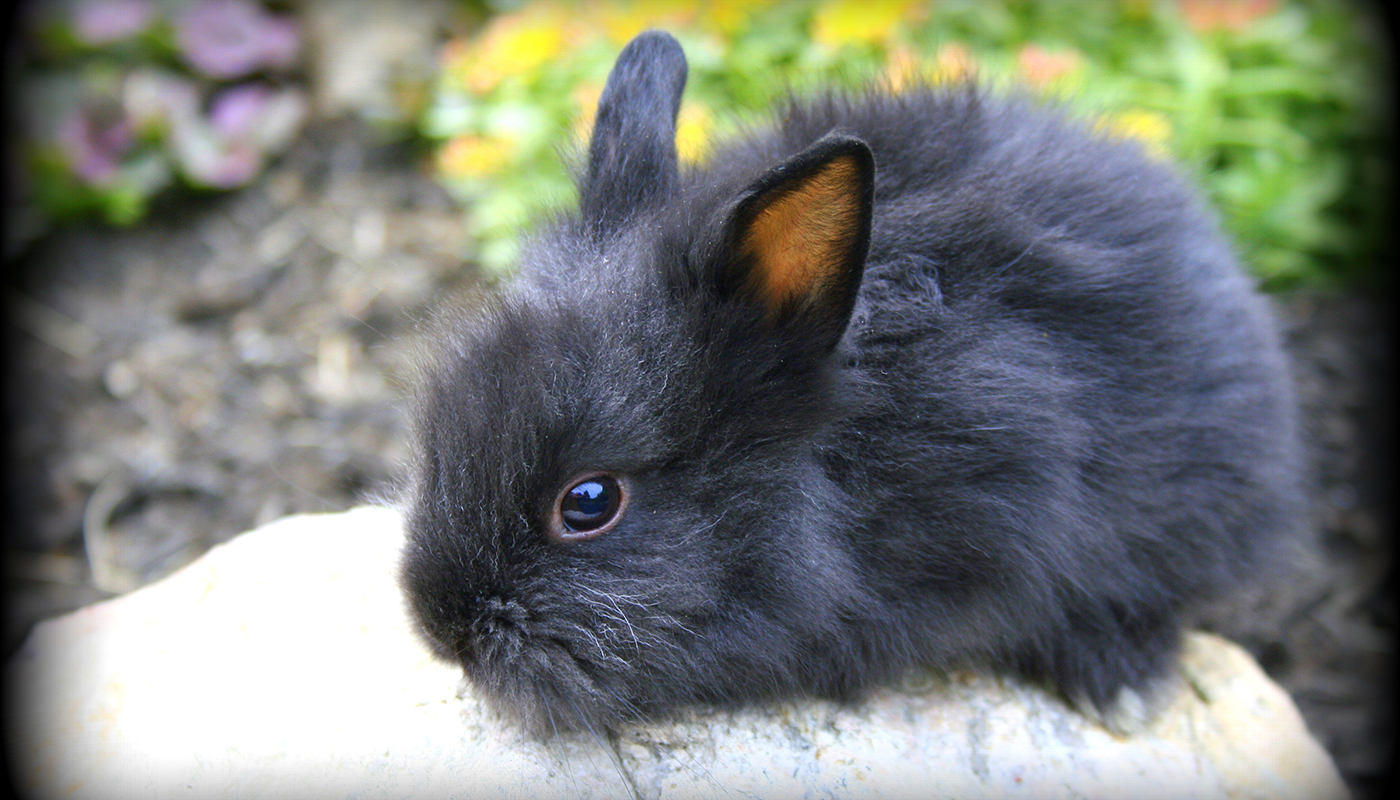
The American Chinchilla rabbit breed is a beautiful rabbit that was once very popular and today is listed by the American Livestock Conservancy as critical.
They are a large rabbit with soft salt and pepper fur, large erect bunny ears and really cute round faces.
BREED PROFILE OVERVIEW
|
|
|---|---|
| Breed Name: | American Chinchilla |
| Other Names: | Heavyweight Chinchilla |
| Country of Origin: | United States of America |
| Breed Purpose: | Fur, meat, and pets |
| Breed Size: | Large |
| Breed Weight: |
Female/Doe: 12 lbs Male/Buck: 11 lbs |
| Breed Color(s): | Salt and pepper – shades of grey and white with black ticking across their body give them their salt and pepper appearance. |
| Physical Appearance: | The American Chinchilla rabbit has a round compact commercial body with a thick silky coat of medium length fur. Their ears are not too long and stand erect from their heads, with a plain dark grey/blue on the outside lined by the chinchilla markings along the edges and white to pink inside. They have a well rounded medium sized head with dark eyes. Their legs are of medium length and they have a small cotton tail. |
| Temperament: | They are quite a docile rabbit that does not mind being handled if they are raised correctly. |
BREED CHARACTERISTICS
- The average lifespan of the American Chinchilla rabbit is around 5 to 8 years.
- They make very good pets especially for the elderly, single people and families with older children.
- They have not special needs or extra special grooming needs and are quite a low maintenance breed to care for.
- They are a hardy, low maintenance breed with an amazingly gentle and tolerant nature.
- They have large litters with the females making very good bunny mothers with strong maternal instincts.
- The fryers grow very fast and reach marketable size relatively quickly.
- They have good fur covering and meat to bone ratio making them quite suitable for commercial production use.
- The fur of the American Chinchilla actually has four distinct colors to it. When you look at it as a whole coat it looks salt and pepper. When you blow on the fur making it part you will see that it has four very distinct bands of coloring along the shaft.
- The undercoat that is on the rabbit’s skin is a slate blue, whilst the middle is a pearly white. The tips are grey with an uneven black ticking over it.
- They do quite well in bunny hopping type events and rabbit shows. But they are more suited to just being a hardy, sturdy and gentle pet.
| Good Pets? | They make great pets for families with older children, elderly and single people. |
| Child Friendly? | Children should be supervised around animals and properly taught how to look after them and handle them. Rabbits can bite and scratch |
| Ideal Climate: | All climates – rabbits should never be left outside with out proper shelter and housing that must be raised off the ground and predator safe. |
| Conservation Status: | Listed by the *ALC Status/Rarity: Critical/Rare |
| Recognized by the ARBA? | Yes – they were recognized by the ARBA in 1924 |
| Rabbit Associations/Clubs: | American Chinchilla Rabbit and West Coast American Chinchilla Rabbit Club |
| Where to buy them? | Please refer queries for where to get these from to either the ARBA or American Chinchilla Rabbit and West Coast American Chinchilla Rabbit Club |
| Note: *ALC stands for American Livestock Conservancy | |
GENERAL INFORMATION
American Chinchilla Rabbits are contrary to their names, not at all related to nor can they be bred with a Chinchilla. A Chinchilla is a rodent and a rabbit is a lagomorph. The name of the rabbit has more to do with its fur which resembles that of the chinchilla rodent.
The American Chinchilla rabbit is today, the rarest out of all the Chinchilla rabbit breeds. This is because of the end of the fur trade, especially that of the rabbit fur trade in the late 1940s.
They make a great meat rabbit with their tasty fine meat and good quality of meat to bone ratio. But the rabbit meat industry today much prefers rabbits with a white coat which is another reason why their numbers are in such a decline.
HISTORY
Between 1928 and 1929 the American Chinchilla rabbit breed were registered and recorded by the American Rabbit & Cavy Breeders Association (today is known as the American Rabbit Breeders Association, Inc. or ARBA). There were around 17328 registered Chinchilla rabbits registered with the association during this time and the breed was very popular with both the fur and meat trade.
They were also used for show purposes with their impressively soft fur and good stature. Today the breeds numbers are very low, sadly, and they are on the Critically endangered list with the American Livestock Conservancy.
There is no one person who can be credited with this beautiful soft rabbit breeds creation. The first Chinchilla rabbits were created in France by a French engineer and were a lot smaller than the American Chinchilla which was bred by selection of the Large Standard Chinchilla rabbits. They were bred for their size in order to produce a rabbit that would produce more meat and fine fur. When they were first developed and shown they were known as Heavyweight Chinchilla Rabbits. The name was changed shortly after they were admitted to the American Rabbit Breeders Association. There are three different Chinchilla breeds of Rabbit accepted by the American Rabbit Breeders Association. The other two breeds of Chinchilla rabbit include the Standard Chinchilla Rabbit and the Giant Chinchilla Rabbit Breed. You can read up about both of these breeds on our website.
When the rabbits were first shown to the American markets, they caused quite a storm with most rabbit keepers for both their fur and their meat.
They are a breed that has contributed to the development of other rabbit breeds more than any other breed of rabbit worldwide. They are part of the Silver Martens, American Sables, Siamese Sable and Sallander breeds of rabbit.
They are easy to breed and do not need a lot of help and attention. They are also really easy to look after and maintain that even a novice with no rabbit experience will be able to keep them. They are a great learning rabbit breed for families older children which will teach them how to care for and maintain a pet.
Video
USEFUL LINKS
- American Rabbit Breeders Association
- Fur Commission USA
- North American Meat Institute
- American Livestock Conservancy
- Animal Shelter (ASPCA)
- American Veterinary Medical Association
- American Animal Welfare Society
- American Animal Control
- American Society of Animal Science
- United States Department of Agriculture
- United States Department of Agriculture – Rabbit Meat
 Cinnamon Rabbit – Everything You Need to Know
Cinnamon Rabbit – Everything You Need to Know Belgian Hare Rabbit – Everything You Need to Know
Belgian Hare Rabbit – Everything You Need to Know Giant Chinchilla Rabbit – Everything You Need to Know
Giant Chinchilla Rabbit – Everything You Need to Know Discover the Charming Lion Dutch: A Hybrid Rabbit Combining Lionhead x Dutch
Discover the Charming Lion Dutch: A Hybrid Rabbit Combining Lionhead x Dutch Naming Your Bunny – How to Name your Rabbit – Rabbit Names
Naming Your Bunny – How to Name your Rabbit – Rabbit Names Silver Marten Rabbit – Everything You Need to Know
Silver Marten Rabbit – Everything You Need to Know Giant Angora Rabbit – Everything You Need to Know
Giant Angora Rabbit – Everything You Need to Know Discover the Wooly Angora: A Fluffy Hybrid Rabbit with Irresistible Charm
Discover the Wooly Angora: A Fluffy Hybrid Rabbit with Irresistible Charm American Fuzzy Lop Rabbit – Everything You Need to Know
American Fuzzy Lop Rabbit – Everything You Need to Know Lionhead Rabbit – Everything You Need to Know
Lionhead Rabbit – Everything You Need to Know Rex Rabbit – Everything You Need to Know
Rex Rabbit – Everything You Need to Know